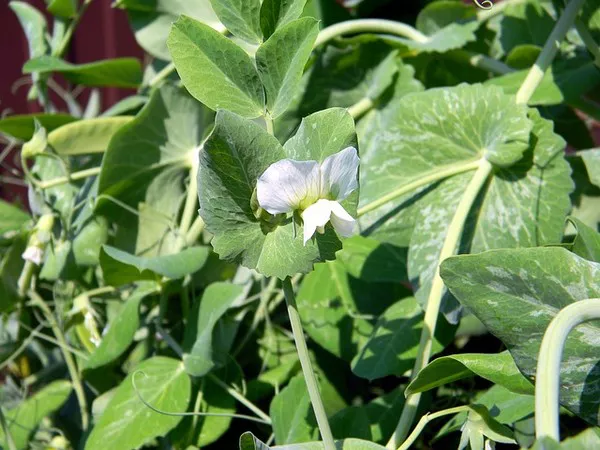Coleus plants, known for their vibrant foliage and easy care requirements, have become a staple in gardens, landscapes, and indoor spaces around the world. With their striking colors and diverse patterns, coleus plants add a pop of color and texture to any environment. But for those considering adding these botanical beauties to their space, one question often arises: How long do coleus plants live for?
Coleus, scientifically known as Plectranthus scutellarioides, is a member of the Lamiaceae family, which also includes mint, basil, and lavender. Native to tropical regions of Africa, Asia, Australia, and the Pacific Islands, coleus plants have been cultivated for centuries for their ornamental value. Today, they are cherished for their stunning foliage and adaptability to various growing conditions.
Understanding the Lifespan of Coleus Plants
The lifespan of a coleus plant can vary depending on several factors, including growing conditions, care practices, and the specific cultivar. In general, coleus plants are considered to be tender perennials, meaning they can survive year-round in mild climates but may not withstand freezing temperatures. However, with proper care, coleus plants can thrive as annuals in colder regions.
Factors Influencing Lifespan
1. Growing Conditions: The environment in which a coleus plant is grown plays a significant role in determining its lifespan. Coleus plants prefer warm temperatures between 65°F to 75°F (18°C to 24°C) and thrive in well-draining soil with good air circulation. They also require ample sunlight, although some cultivars can tolerate partial shade.
2. Watering and Moisture: Overwatering or allowing the soil to become waterlogged can lead to root rot and other moisture-related issues, ultimately shortening the lifespan of coleus plants. Conversely, underwatering can cause stress and dehydration, resulting in wilted foliage and decreased longevity.
3. Light Exposure: Adequate sunlight is essential for the growth and development of coleus plants. While they can tolerate some shade, insufficient light can lead to leggy growth and faded foliage. Conversely, exposure to intense sunlight for prolonged periods can scorch the leaves and compromise the plant’s overall health.
4. Fertilization: Providing coleus plants with a balanced fertilizer during the growing season can promote vigorous growth and extend their lifespan. However, excessive fertilization can lead to nutrient imbalances and damage to the roots, so it’s essential to follow recommended guidelines and avoid overfeeding.
5. Pests and Diseases: Like many plants, coleus are susceptible to pests such as aphids, spider mites, and whiteflies, as well as fungal diseases like powdery mildew and downy mildew. Regular inspection and prompt treatment can help mitigate these issues and prolong the lifespan of coleus plants.
Variability Among Cultivars
It’s important to note that the lifespan of coleus plants can vary significantly among different cultivars. Some cultivars are bred for their compact growth habit and longevity, while others may exhibit more vigorous growth but have a shorter lifespan. Additionally, certain cultivars may be more tolerant of specific growing conditions or more resistant to pests and diseases, which can impact their overall longevity.
Tips for Extending the Lifespan of Coleus Plants
1. Choose the Right Location: Select a location with adequate sunlight and protection from strong winds and extreme temperatures.
2. Provide Proper Watering: Water coleus plants thoroughly but allow the soil to dry slightly between waterings to prevent root rot.
3. Monitor for Pests and Diseases: Regularly inspect coleus plants for signs of pests or diseases, and take appropriate measures to address any issues promptly.
4. Prune Regularly: Remove dead or damaged foliage and pinch back stems to encourage bushier growth and prolong the lifespan of coleus plants.
5. Fertilize Wisely: Apply a balanced fertilizer according to the manufacturer’s instructions to provide essential nutrients without overfeeding.
6. Overwinter Indoors (for Cold Climates): In regions with freezing temperatures, consider bringing coleus plants indoors for the winter to protect them from frost damage.
Conclusion
In conclusion, the lifespan of coleus plants can vary depending on various factors such as growing conditions, care practices, and cultivar characteristics. While coleus plants are typically considered tender perennials, their longevity can be extended with proper care and attention to their specific needs. By providing adequate sunlight, proper watering, regular maintenance, and vigilance against pests and diseases, gardeners can enjoy the beauty of coleus plants for many seasons to come.


